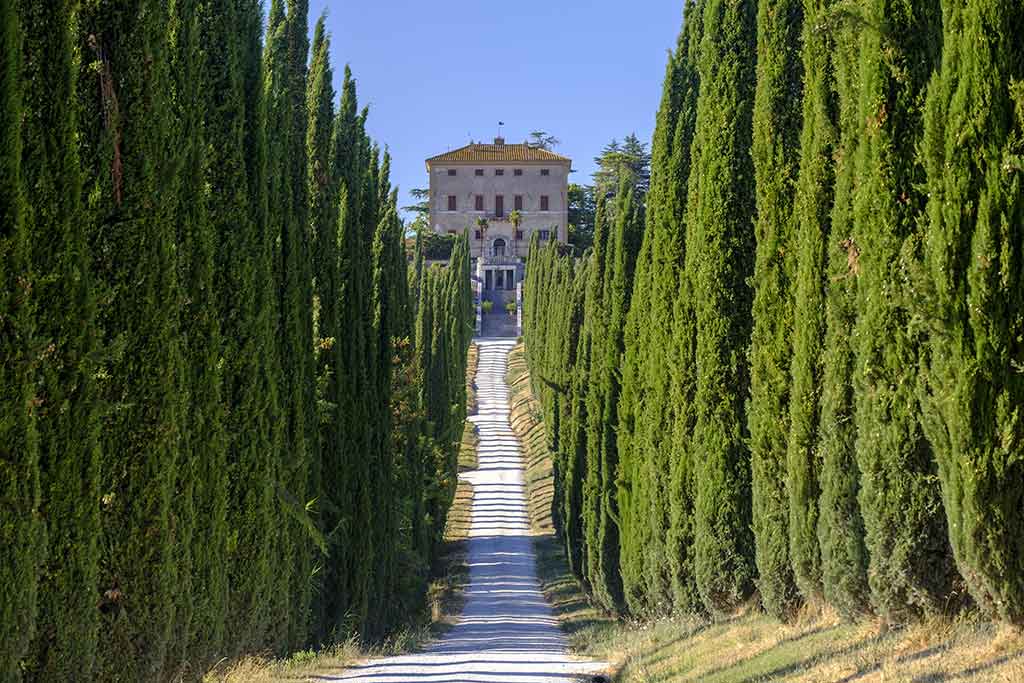
Umbria Castelluccio
Sometimes back many people knew this region as the immediate sister of Tuscany.
Currently, the region is independent and only referred to sweet names such as ‘green heart of Italy’.
This has turned the other way round as its neighbours talk positive about it. In fact, many who have toured this place are satisfied at the statement of the residents ‘‘Umbria has all that Tuscany may lack and lacks what Tuscany lacks’’.
The truth of the matter is that the region has less in terms of Flora and Fauna but hosts a coronet of more desired with full intimacy and regularly visited towns that lie within and on the hills - Assisi, Gubbio, Perugia, Todi, Orvieto, Spoleto and Norcia. Each market center has enough to make you appreciate the value of your visit, time and knowledge you deserve.
They offer good view of the topography of the region of Umbria. For those who have enough time to spend, you may pay visits to wonderful tier of interesting tiny markets that may out do what you will experience at the town centers. These include the likes of Montefaco, Trevi, Anami, and more so Città di Castello. These are just a few to name.
Leaving the towns, you will be able to view the beautiful sceneries of the rural interiors that are covered with truffles and indigenous cypresses. Have you ever heard of Umbria mistica? These are what you will be able to see. The interior lands are generally in a shadow of the neighbours that Umbria languished into. The region bears a variety of terrains that the world allows in few places. One you reach there, you may get the picture of what is meant by explicit terrain of the region.
Getting around Umbria
Due to the hill and mountainous landscape with beautiful features to watch, I will advise you to use buses or trail n so as to enjoy watching the landscape and enjoying the air conditions that are very amusing. One of special features that you will meet when you tour by train include the underground railway networks, Orvieto, and the Ponte delle Torri, which is the biggest bridge in the province built at Spoleto. Using other means of transport which are always available especially plane, you may miss to watch on the above attractions.
On the other hand, buses are crucial areas that trains do not access. They majorly connect the market centers. In fact, for those who would love touring areas around Norcia and Gubbio, you ought to understand that there are no other means of public transport besides buses. I promise you that on bus you will enjoy plenty of landmarks as you rove in the region.
Do not leave to take you train and bus tickets too. They are very strict as you can’t enjoy the services before early booking. Another point to note is that all buses are collected at Umbriamobilita hub.
Special features
Within the country of the region, two interlocking lakes exist. These are Lacus Umber and Lacus Clitorius. The two did not survive during the invasion by Romans under the reign of Benedictine in the 13th century. They pose a funny image just at a glimpse. They look like as if there were nothing like water in the depressions only adding more value to the already beautiful scenery.
Here are some of the best points you may decide to tour and fulfill your leisure needs:
Perugia
Perugia forms one of the intimate towns that one may enjoy visiting. It has a good network of infrastructure and valet parking. It is the capital town of this region hosting most of the diplomatic and administrative posts. It is big in size compared to others.
Montefalco
This is both a comune and a town within the region. It is located at the center of the province on an extension of Colli Martani just right above River Clitunno. It is sandwiched between Bevagna to its South East and Foligno on South West part. The same applies to Trevi but on its North Western side. This town has one common thing that tourists rush to experience sweet Umbria wines. The residents specialize in Montefalco wines. Every year around Easter, there is plenty of wine sponsored by the members to the town.
Monte Castello di Vibio
This is another comune in the same province of discussion. You are able to visit all the villages and homes to enjoy the local environment. Another thing that motivates people to tour this municipal town is the presence of olive oil. It is one of the products that are treasured by its residents. In fact, its land is recorded in various books of records that you may come across. The product is sweet and special in a way. Try to visit this town in order to taste it.
Norcia
This is another center of attraction in Umbria. It happens to substitute many other destinations when it comes to allocation of priority and time. It is located on the Southern end of Umbria. On top of any building of this town, one is able to view a half of the hills and valleys in the region.
Spoleto
It is among many of the early towns that rose in Umbria. It is situated on a foothill belonging to Mt Apennines. It is well known in terms of ancient structures such as the Towers Bridge. Visit this town and have much fun.